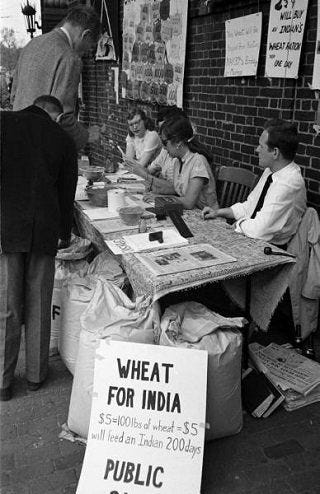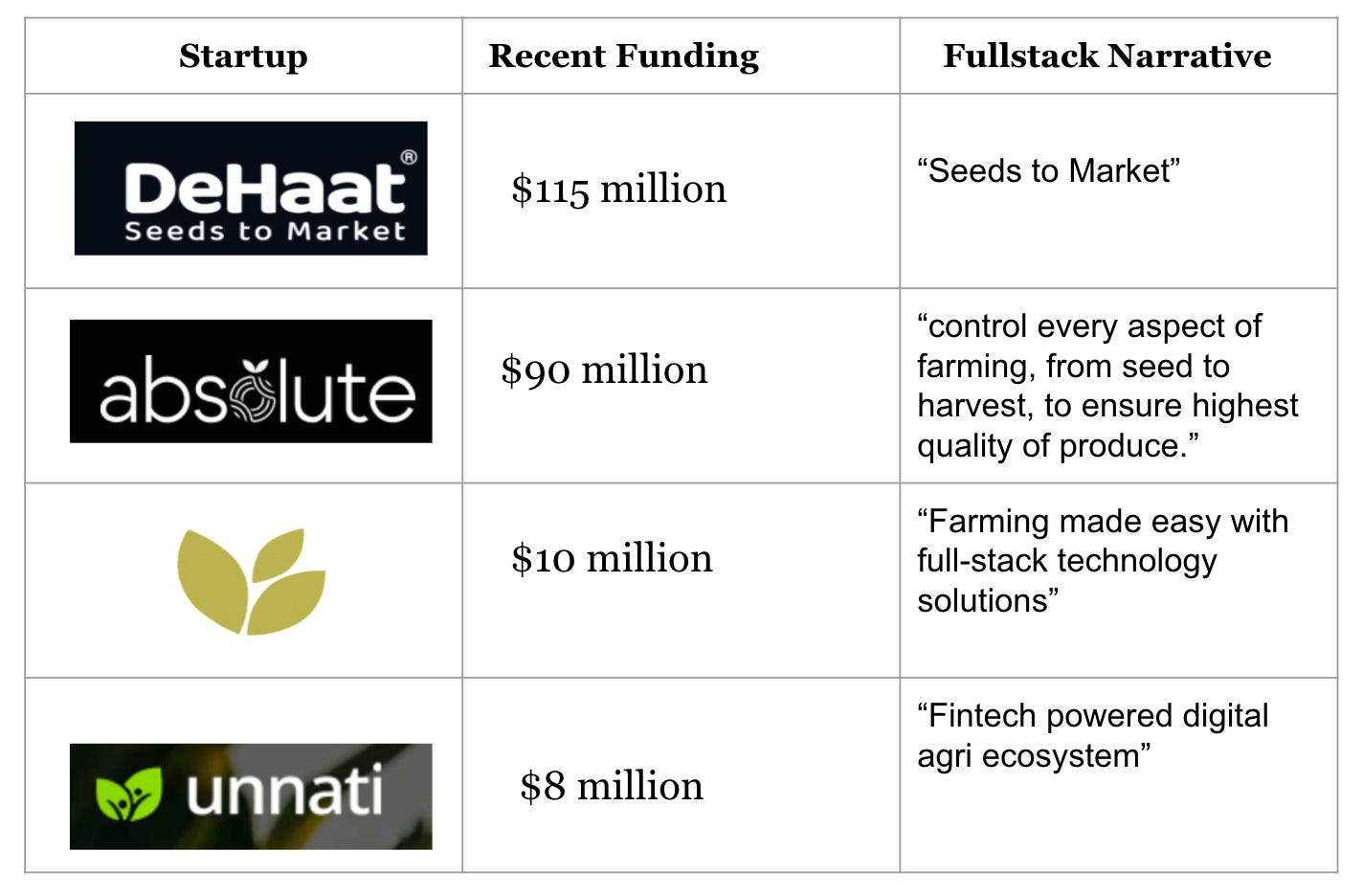What do Agri-Input Retailers Want [in 2022] from Agritech?
In smallholding countries, Agri-Input Retailers are the key constraint to unlock value at the edge of the agricultural value chain. What do they want in 2022 from agritech?

Dear Readers,
Hi! My name is Venky. I write Agribusiness Matters every week to help us make sense of vexing questions of food, agribusiness, and digital transformation in an era of Climate change. Feel free to dig around the archives if you are new here.
What do Agri-Input Retailers Want [2022] from Agtech?
01/ Whether you want to explain why we love our work identity more than anything else or why agritech startups go full-stack, Theory of Constraints is always handy.
02/ Why do agritech startups go full stack in the first wave of digitization of agriculture? Before I get to the specifics, allow me to set some context.
03/ If you cut the PR crap, at the end of the day, any business simply does two things. It converts nature into products and relationships into services.
Conventional wisdom on physical and data supply chains tells you that while physical supply chains move from upstream to downstream, transforming raw materials into products, which eventually finds its way in the hands of customers, data supply chains move in the opposite direction - starting from customers, which gets further refined by proprietary algorithms until it gets eventually stored in data centers.

04/ If you expect this conventional wisdom to work in Agriculture, I have some bad news for you.
As I’ve explained in my earlier subscriber-only articles from Season 1 of this newsletter on Traceability in food and agriculture and Traceability certifications, most data supply chains collapse at the disorganized edges of the value chain.
05/ No prizes for guessing the node at the edge of the network which controls the operations of the farmers: Agri-Input Retailer/Dealer/Distributor, or if you want an umbrella term: Middle-men.

06/ Speaking of which, I am reminded of what Jagadeesh Sunkad once memorably shared with me in a conversation,
“Even if people stop farming tomorrow, the last person to go out of the business will be the agri-input player.”
07/ There is a central reason why agriculture has resisted digitization all this long. It is extremely difficult to digitize the complexity of last-mile operations ( or if you are oriented from the direction of farms, first-mile operations), where edge players have been sitting comfortably with their physical full-stack operations.
08/ In my earlier subscriber-only post, Agritech Fullstacker’s dilemma, I wrote about the strategic dilemmas of full stackers in creating long-term value in a domain like agriculture.
“Fullstackers are having a field day, as they are the ones raising funds, much to the envy and agony of those who aren’t, thus ensuring that agritech startups who are serious about venture funding eventually become full stackers.”
09/ Why do agritech players go full-stack in the first wave of digitization of agriculture happening underway in countries with large smallholding populations (Agritech 1.0)?
I offer you a plethora of reasons.





